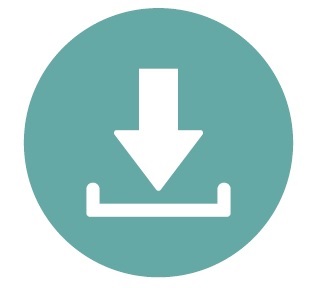
Authors: Kelly Gallagher-Mackay, Robert S. Brown
July 2021
School closures and the move to emergency remote learning caused by the COVID-19 pandemic have raised serious concerns about the quality and outcomes of Ontario high school students’ education. This report reviews large-scale student data from the period of emergency remote learning in the first academic year affected by COVID-19. It draws on a unique, large-scale longitudinal data set of the Toronto District School Board (TDSB), to examine the impacts of school closures and remote instruction that took place between March and June of 2020.
Key findings include:
The worst fears of those concerned about the pandemic’s effect on students’ pathways were not borne out by data we examined. Comparing student data from the baseline year and COVID-19 school year 1, we found:
- The proportion of students achieving 30 or more credits by the end of their fourth year in high school rose by approximately 3.5% in COVID-19 school year 1. That amounts to 650 additional graduates compared to the year before.
- Course grades were higher during COVID-19 school year 1 than they had been the year before — rising by, on average, 4.1%.
- Increases were most likely to occur among students in the middle zones of achievement: those who, in other years, might have been one or two credits shy of 30 credits in four years, or had marks between 60 and 75%.
- Students who were very high achieving, or quite low achieving, did not contribute significantly to this trend.
- Concerns that students who struggle more with school might simply drop out because of the disruption were not borne out. Students in Grade 11 during the COVID-19 school year 1 were, in fact more likely to return to school in September 2020 than were students in the pre-pandemic cohort .